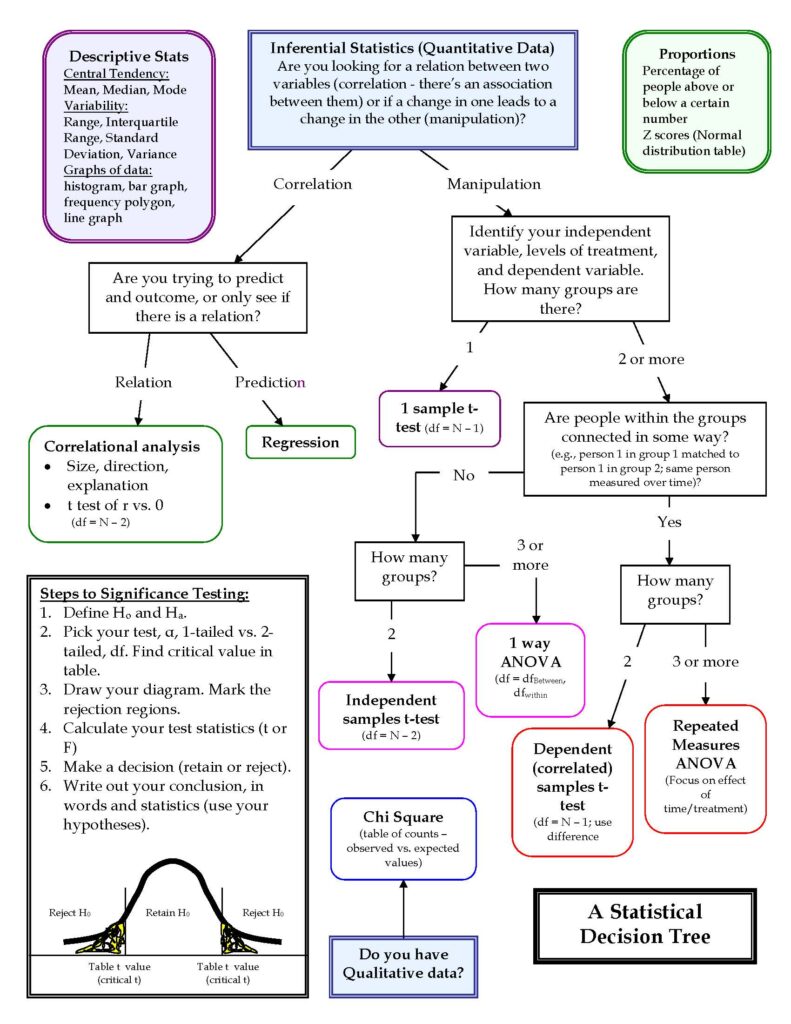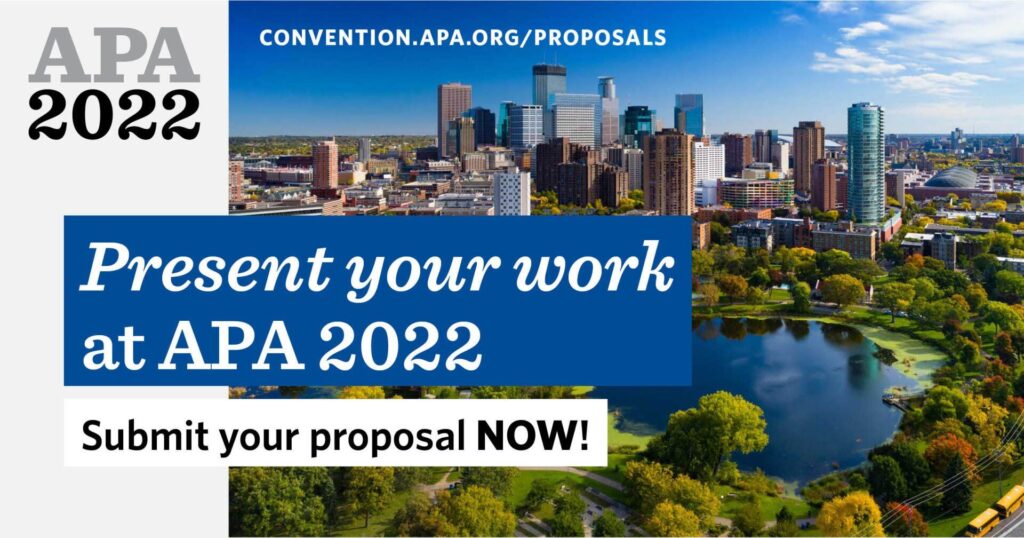This post is a part of the series, “CARED Perspectives,” developed by the APAGS Committee for the Advancement of Racial and Ethnic Diversity (CARED). This series discusses current events and how these events relate to graduate students in psychology. If you are interested in contributing to the CARED Perspectives series, please contact Terrill Taylor, Chair of APAGS-CARED.
By Asia Perkins, Georgina Rosenbrock, and Sonia Rehman
We are swiftly approaching the anniversary marking two years of sheltering at home. At the outset of the coronavirus pandemic, it appeared that we were all in this together, that the virus was an equal opportunity offender, and that in a relatively short period of time, things would go back to normal. However, one thing that has been made clear since then is that our communities of color and other marginalized populations are disproportionately affected by this public health crisis. Specifically, members in our Black and African American, Latine, Indigenous Peoples, and Criminal and Juvenile Justice communities have been placed at higher risk for exposure to coronavirus due to lower rates of educational attainment, income, healthcare coverage, and the ability to consistently maintain social distance. For our students from underserved communities, we also witnessed a disproportionate impact on the quality of their virtual education compared to students from more privileged backgrounds (e.g., White, higher socioeconomic status, heterosexual, cisgender). Overall, pre-existing disparities across multiple domains have been, at best, highlighted, and, at worst, exacerbated by this pandemic.
It is no secret that there is a long history of medical mistreatment, abuse, and torture against marginalized communities, especially against Black, Indigenous, and Latine populations (e.g., Tuskegee Syphilis Study, forced sterilization, lack of anesthesia during surgeries and experimentation). As a result of this pattern of cruelty, infrahumanization, and dehumanization, many individuals who identify as racially or ethnically minoritized have been understandably hesitant to receive the COVID-19 vaccine. However, since the death rate for COVID-19 is highest among communities of color due to numerous systemic factors, this vaccine hesitancy has been particularly concerning. Individuals who did choose to seek out the vaccine faced their own series of challenges. Across the country, the COVID-19 vaccine has been disproportionately distributed to White communities. Additionally, we have observed a disturbing trend of wealthy, White individuals using their money and power to secure vaccine doses that were originally meant for poor communities and communities of color. These trends placed additional pressure and stress on graduate students of color as we watched our communities fight for health equity and struggle to place trust in a system that has consistently mistreated us.
The issues surrounding students are further intensified when it comes to international students in the U.S. For example, the impact of the U.S. government’s executive orders restricting travel from several countries in 2017 was widespread. A recent study showed that international students had to change their travel plans for conferences and visiting families. It also perpetuated fears about their ability to secure jobs after graduation to legally remain in the U.S. (Todoran et al., 2020). International students were experiencing similar fears during COVID-19 pandemic, including worries about maintaining visa status during virtual learning, graduating on time, and finding opportunities to secure optional practical training (OPT) after graduation. In addition, increased loneliness has also impacted these students. Research shows that loneliness affects individuals’ feelings of happiness, cognitive functioning, and physical health (Yeh, 2017). From early 2020, international students experienced isolation from family and friends with decreased opportunities to work on campus and increased expenses due to longer stays in the U.S. While many campuses have reopened for the fall semester of 2021, it is imperative to continue providing guidelines to individuals about the ways to enhance social connections to prevent loneliness.
Much like the communities we serve and reside in, graduate students from marginalized backgrounds have also been disproportionately impacted during the pandemic. The unexpected nature of this pandemic has brought additional costs for technology, housing, and training. Combined with increasingly limited opportunities for university funding and lost wages from off-campus employment sources, our low-income students have perhaps suffered the most when acclimating to this “new normal.” Many of us also lost access to systems of support that promoted our overall well-being, resulting in heightened depression, anxiety, stress, grief, and trauma. Taken altogether, these experiences have called for institutions to better support marginalized students’ emotional, health, and financial needs so they can continue to meet the challenges of pursuing graduate degrees while maintaining their health and well-being.
Overall, these past two years have been incredibly tough and stressful for many of us. While it is unlikely that 2022 will provide all of the solutions for our struggles, we hope that it will offer some moments of peace and healing through self-care, connecting with your community, and structural change.
References
Anderson, G. (2020, September 16). Low-income and students of color in greatest need of pandemic relief. Retrieved February 24, 2021, from https://www.insidehighered.com/news/2020/09/16/low-income-and-students-color-greatest-need-pandemic-relief
Baggaley, K. (2020, September 18). America has a long history of forced sterilization. Retrieved March 8, 2021, from https://www.popsci.com/story/health/forced-sterilization-american-history/
Bhavan, K. (2021, February 4). COVID-19 vaccine hesitancy: How to overcome the culture of mistrust. Retrieved March 8, 2021, from https://utswmed.org/medblog/covid-19-vaccine-hesitancy-mistrust/
Ellis, N., & McPhillips, T. (2021, January 26). White people are getting vaccinated at higher rates than Black and Latino Americans. Retrieved March 8, 2021, from https://www.cnn.com/2021/01/26/us/vaccination-disparities-rollout/index.html
Goodnough, A., & Hoffman, J. (2021, March 4). The wealthy are getting more vaccinations, even in poorer neighborhoods. Retrieved March 8, 2021, from https://www.nytimes.com/2021/02/02/health/white-people-covid-vaccines-minorities.html
Impact of covid-19 on minoritized and marginalized communities. (2020, October 7). Retrieved February 24, 2021, from https://www.ama-assn.org/delivering-care/health-equity/impact-covid-19-minoritized-and-marginalized-communities
Jane Addams College of social work. (2020, April 29). Retrieved February 24, 2021, from https://socialwork.uic.edu/news-stories/covid-19-disproportionate-impact-marginalized-populations/
Laidler, J. (2020, October 30). COVID carries triple risks for college students of color. Retrieved February 24, 2021, from https://news.harvard.edu/gazette/story/2020/10/covid-carries-triple-risks-for-college-students-of-color/
Nuriddin, A., Mooney, G., & White, A. I. (2020). Reckoning with histories of medical racism and violence in the USA. The Lancet, 396(10256), 949-951.
Todoran, C., & Peterson, C. (2020). Should They Stay or Should They Go? How the 2017 U.S. Travel Ban Affects International Doctoral Students. Journal of Studies in International Education, 24(4), 440–455. https://doi.org/10.1177/1028315319861344
Yeh, C. S. (2017, January 13). The power and prevalence of loneliness – harvard health blog – harvard health publishing. Harvard Health Blog. https://www.health.harvard.edu/blog/the-power-and-prevalence-of-loneliness-2017011310977


